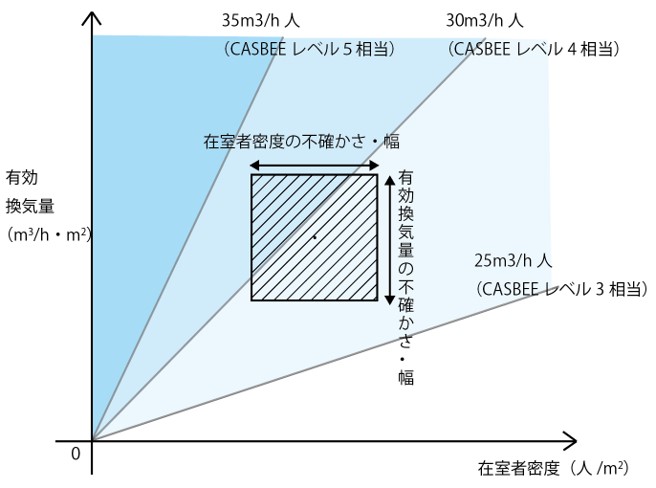Taniguchi Lab
Designing and Managing Buildings through Environmental Simulation and IoT-Based Approaches

With the advancement of various technologies, building forms have become increasingly diverse, building envelopes more complex, and building systems more sophisticated. In such a changing environment, achieving energy-efficient and comfortable buildings requires both accurate predictions through environmental simulations during the design phase and effective management based on data sensing during the operational phase.
At the Taniguchi Laboratory, our primary focus is on proposing and implementing architectural design and operational methods that leverage environmental simulations and IoT technologies. Our research activities include the following:
1)
Development of Personalized Environmental Control Systems Using Digital Twins
Indoor environments inherently exhibit spatial variations in factors such as temperature, airflow, and illuminance. In addition, thermal comfort perceptions vary among individuals depending on personal preferences and behavioral history.
To create spaces that are more comfortable for a wider range of occupants, we develop information systems and HVAC control systems that utilize environmental simulations, sensing technologies, and machine learning to capture the distribution of indoor environmental conditions and match them with individual thermal comfort profiles.

2)
Development of Risk Assessment and Diagnostic Methods for Building Equipment Using Routine Sensing Data
The actual operation of building systems such as HVAC is often affected by various uncertainties, including changes in spatial planning (e.g., partition layouts), occupant density, and equipment aging. As a result, their performance in practice may deviate from design-time predictions.
Monitoring daily operational data via sensors enables not only an accurate understanding of real-world system behavior but also supports precise risk assessment and recovery prediction in the event of disasters such as earthquakes.
We propose data-driven methods for evaluating and diagnosing the risks associated with building systems, aiming to simultaneously improve daily operations and enhance disaster resilience.

3)
Proposal of an Integrated Evaluation Method for the Impact of Windows and Openings on Energy Efficiency and Comfort
Windows and other openings are among the most influential components affecting both the energy efficiency and comfort of buildings. In addition to their functional roles, they significantly influence architectural aesthetics and involve multiple, often conflicting, evaluation criteria such as view quality and privacy.
We aim to develop an integrated evaluation method that enables the effective use of windows and openings during the design phase. This method will comprehensively assess factors such as energy performance by considering the building envelope in conjunction with HVAC and lighting systems.

Our laboratory welcomes students who are eager to develop skills in emerging computational technologies such as environmental simulation and machine learning.
If you are passionate about proposing new approaches to architectural design and building operation from the perspective of environmental and building systems engineering, we encourage you to join us and take on the challenge together.







